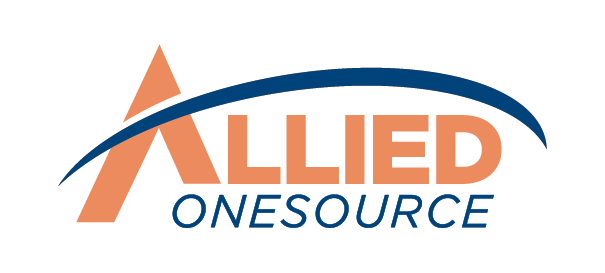5 Tips To Creating and Implementing an Inclusive Work Environment
The Importance of a Diverse Workplace
Why is workplace diversity important?
Successful businesses are built on a foundation of good ideas, and more importantly, lead by quality people. It is not enough for the ideas to be good, but they must also connect with a wide audience. To have an array of good ideas that are as diverse as the community they serve, they need to also be formed by a diverse group of thinkers, who are representative of their communities and your customers.
In fact, according to McKinsey & Company, diversity in the workplace promotes organization, efficiency and profits.
A diverse workforce better captures the needs and motivations of your prospective customer base. Without a culture of inclusion, your business may only be tapping into a small portion of your potential clientele.
How do I implement inclusion in my business?
Implementing an inclusive work environment involves some restructuring and follow through if it is to be done successfully. Below are some tips and tricks to achieve an inclusive, diverse workplace that will be more efficient, thoughtful, and profitable.
Adjust your Recruitment Process
Ensure that your business is recruiting employees from an array of places, and not just one. Consider diversity networks or a job agency, rather than just posting openings directly. This way, you're broadening your candidate pool, therefore, diversifying it in the process. Other ways to impose this strategy include blindly reviewing resumes, writing job descriptions with more inclusive language, and advertising specifically to under-served populations.
Diversify All Project Teams
Whenever assigning tasks to employees, make sure that when creating groups that are coinciding, that their members can offer broad ethnic, cultural, gender, and age perspective to the task at hand. Doing so creates a team that has greater potential to identify untapped demographics and markets.
Implement Inclusion Training for Lead Staff
A diverse team means nothing if its members cannot effectively communicate and exercise best inclusion practices. This communication starts at the top; meaning managers and other upper-level staff should require inclusion training, so that they may pass on these practices to other employees, who will follow suit of their leaders.
Boost Employee Retention by Creating Inclusive Career Advancement Opportunities
Consider this: All mid-level and upper-level management is only representative of a single demographic. What would inspire an outlying individual to stay with this company? The lack of inclusion in upper-level positions sends a signal to employees of other nationalities, races, or other facets, that there is no opportunity for career advancement for them. To retain your diverse force, (that will inevitably lead to favorable business results), it is critical to create retention tools geared at giving minority employees equal opportunities.
Review Company Policies
Before recruitment even begins, it is imperative that you review your company's policies to ensure that none are in place that would discourage diversity or inclusion practices. If interpersonal interactions or policies exist that could be handled in a discriminatory manner, then they need to be removed or revised immediately. By making these adjustments, your company is now on the fast track to attracting a more diverse network of difference makers.
If your business is currently in need of diversification, reach out to an Allied OneSource agent today. With our vast database of diverse applicants and a dedicated recruitment agent, you are guaranteed to gain amazing, dependable difference makers for your team.












